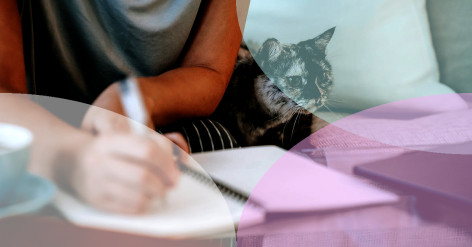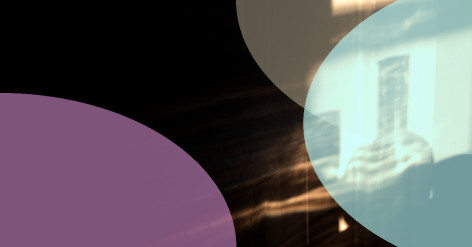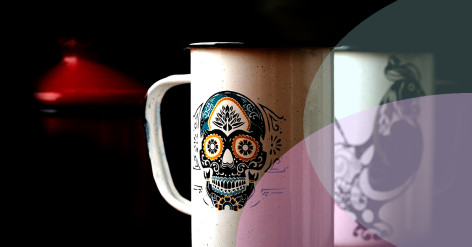A DIYer's Guide to Selecting the Best Fabric Dye
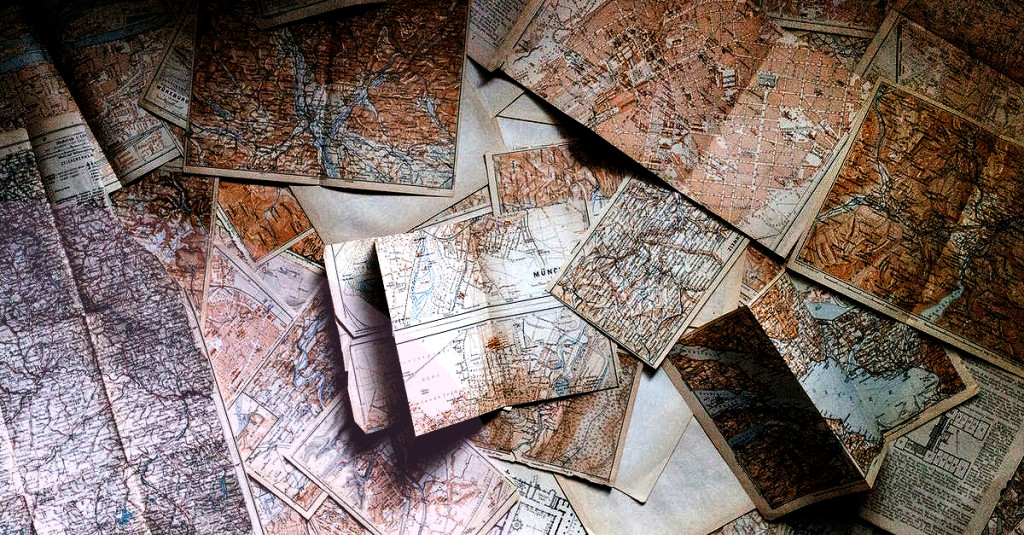
Dive In: Dissecting the Different Types of Fabric Dyes
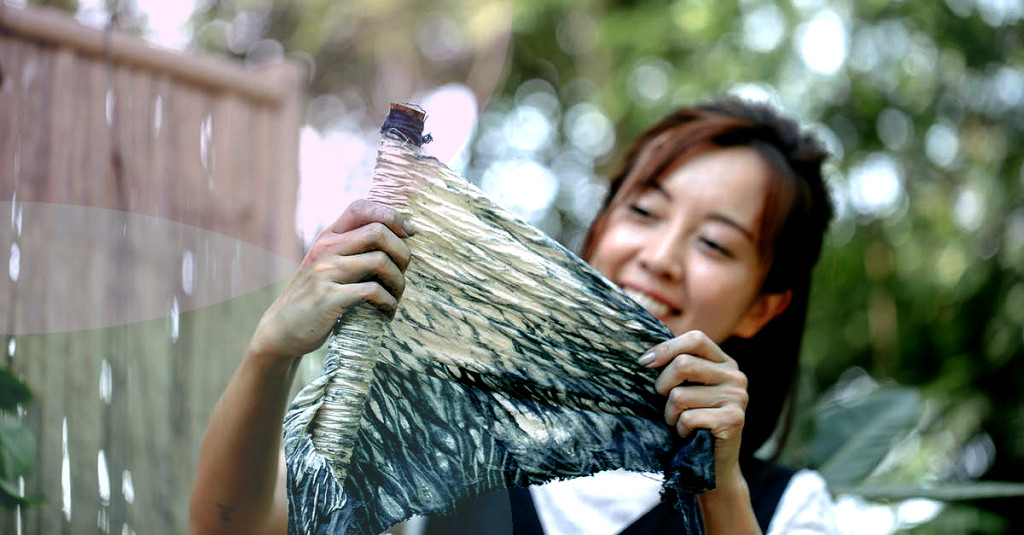
Are you a DIY enthusiast constantly searching for ways to effortlessly transform your favorite garments, textiles, and designs? Then look no further! In this comprehensive guide, we will unveil the best fabric dyes that will help you elevate your DIY game to unimaginable heights. Welcome to the A DIYer's Guide to Selecting the Best Fabric Dye.
1. Natural Fiber-reactive Dyes: Embrace Eco-friendly Vibrancy
Before choosing the best fabric dye, you must first understand the different types available on the market. Each type of dye boasts its unique advantages, making it suitable for specific fabrics and projects.
2. Acid Dyes: The Go-to Choice for Protein Fibers
Natural fiber-reactive dyes are an excellent choice if you wish to dye natural fibers like cotton, silk, and linen. They create strong, permanent bonds with the fibers, resulting in brilliant hues with impressive fade resistance. An example of natural fiber-reactive dyes is the well-known Dharma Trading Procion dyes.
3. All-Purpose Dyes: Unleash Limitless Possibilities
Acid dyes are perfect for dyeing protein-based fibers such as wool, alpaca, and silk. With their robust molecular structure, these dyes offer long-lasting colors and minimal fading. One popular example of acid dyes is Jacquard's Acid Dye collection, available at stores like Amazon.
Undertaking a DIY Adventure: Factors to Consider When Selecting Fabric Dyes
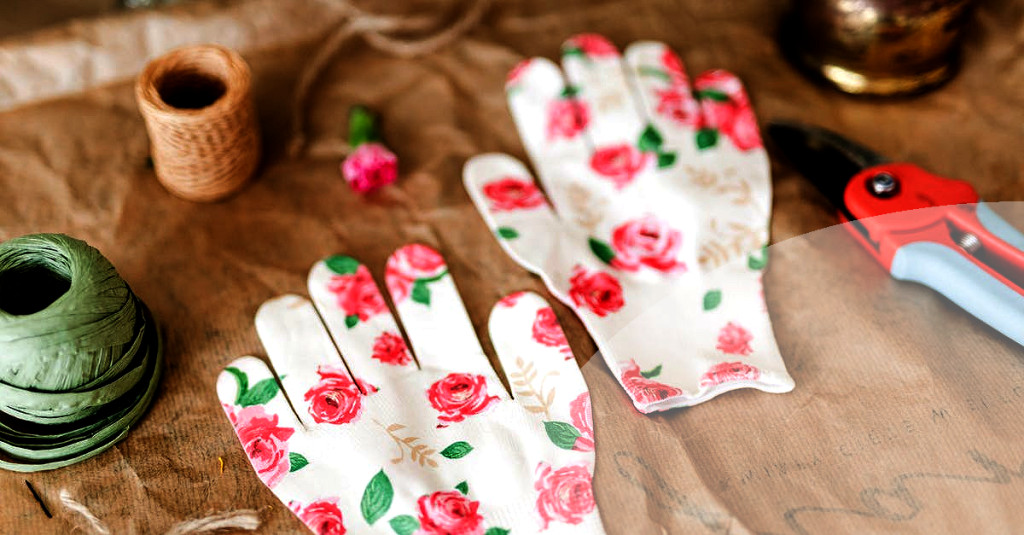
All-purpose dyes, like Rit Dye, allow you to experiment with a wide range of fibers including natural, synthetic, and blends. However, the colors might not be as vibrant & long-lasting as when using fiber-specific dyes.
1. Know Your Fabrics
Bearing in mind the types of fabric dyes available, let's delve deeper into the factors that should influence your choice.
Related articles
2. Decide the Desired Dyeing Technique
Get acquainted with the fabric you plan to dye â the fiber content, weight, and structure â as different materials react uniquely to each dye. This information can often be found on fabric labels, making this step as easy as pie!
3. Factor in Color Fastness
Select your dye based on your preferred dyeing technique. For example, fiber-reactive dyes work well with tie-dye and batik techniques, while acid dyes shine in immersion dyeing.
4. Evaluate the Environmental Impact
Durability is key when dyeing fabrics. Research the color retention and fade resistance offered by your chosen fabric dye to ensure long-lasting results.
5. Assess the Ease of Use
Natural fabric dyes align with eco-friendly values, as they often feature low toxicity levels and deliver sustainable dyeing experiences.
Master the Craft: Insider Tips for the Best DIY Dyeing Results
Different fabric dyes demand varying levels of skill and patience. Some dyes require complicated multi-step processes, while others are more user-friendly. Gauge your comfort level and choose accordingly!
DIYer's Delight: Explore the World of Fabric Dyes and Revel in Creativity
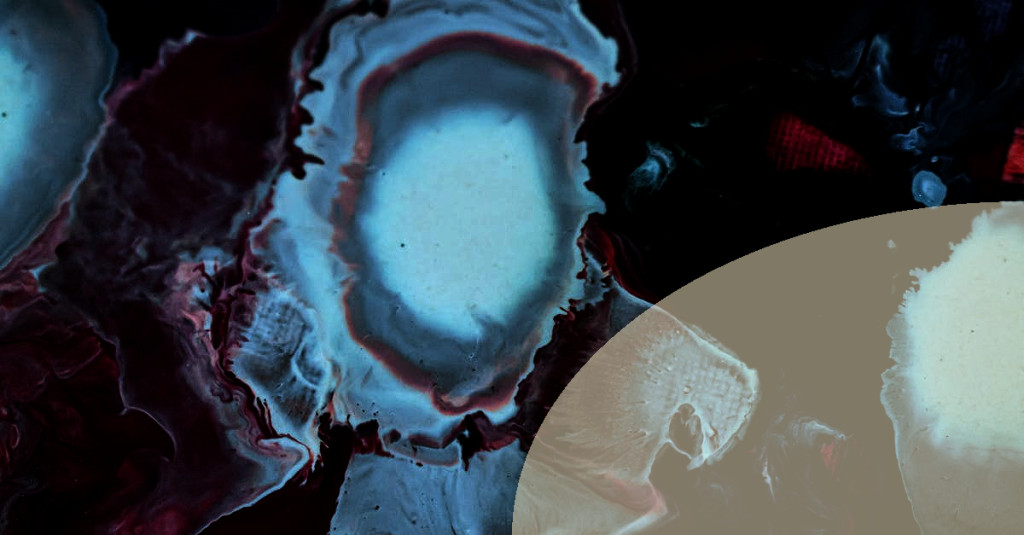
To ensure a successful DIY dyeing venture, follow these expert suggestions:
-
Always Test First: Experiment on a small fabric swatch before dyeing your entire piece. This trial run will save you from potential disappointment and offer valuable insights into possible adjustments.
-
Prep Your Workspace: Set up a clean, organized space dedicated to dyeing to achieve neat and precise results.
-
Maintain Proper Safety Precautions: Wear gloves and protective eyewear while handling dyes and chemicals, and always work in a well-ventilated area.
-
Adhere to Instructions: Diligently follow the instructions provided by the fabric dye manufacturer for the most accurate and impressive outcomes.
-
Rinse and Wash: After dyeing, rinse your fabric thoroughly under cold water and wash it separately to prevent color bleeding onto other garments.
Arming yourself with these fabric dye insights will undoubtedly bolster your DIY success! So seize the opportunity and unleash your creativity by selecting the best fabric dyes for each unique project. All that's left is to dive into a magical world of colors, fabrics, and imagination. Happy dyeing, fellow DIYer!

